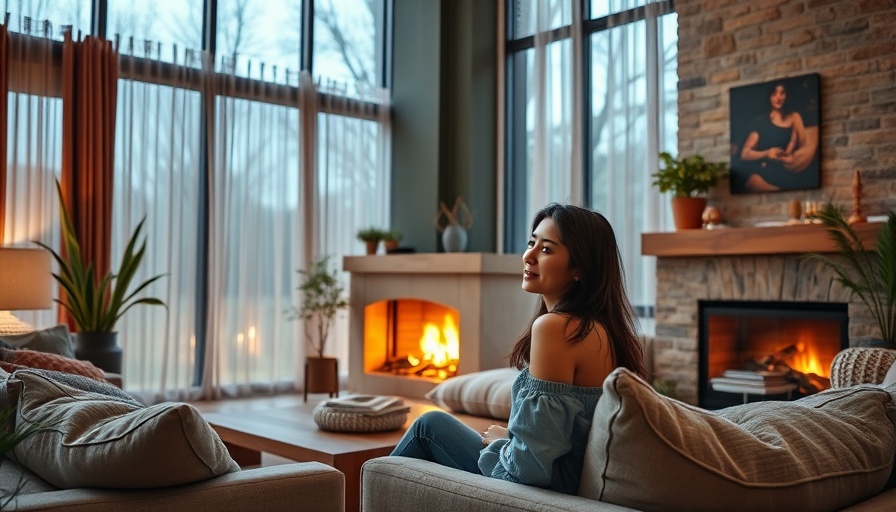
A Common Living Room Layout Mistake That Could Be Killing Your Space
When it comes to designing a living room, many people unknowingly fall into the trap of making the same mistake—ignoring the scale of furniture to the room's dimensions. This common error not only creates an uncomfortable atmosphere but can also diminish the overall aesthetic appeal of an otherwise beautifully decorated space. In this article, we will explore expert advice on how to avoid the top living room layout blunders while enhancing your home’s vibe.
Understanding Scale: The Importance of Furniture Size
According to Melanie Bryant of Melanie Bryant Interiors, “When the furniture is too big, it overwhelms the room; too small, and everything looks like it’s floating.” This insight emphasizes a crucial aspect of interior design that should not be overlooked. A balanced proportion between the size of furniture and the space you're working with is essential to creating a cozy and inviting environment. Before making any purchases, consider taking measurements to ensure your selections fit well within the space without blocking movement or flow.
Furniture Arrangement: Optimizing Flow
Place your furniture intelligently. In fact, a good rule of thumb is to leave about 14–18 inches between your sofa and coffee table, as recommended by Bryant. This arrangement not only aids circulation within the room but also ensures that your seating area feels cohesive. If your space feels 'off' after furniture placement, it might be a scaling issue—taking this extra step can help put everything in harmony.
The Rug Dilemma: Choosing the Right Size
Often, individuals underestimate the importance of an appropriately sized rug. Jennifer Jones from Niche Interiors points out the mistake many homeowners make: “Big sofa, tiny rug.” Rugs can act as anchors within a room, but if they're too small, they can make the space feel disjointed. An ideal area rug should accommodate all seating and be positioned so at least the front legs of the furniture rest on it. This creates a unified look and enhances the visual warmth of the room.
Don't Leave Corners Behind: Filling Empty Spaces
One of the biggest design faux pas in living rooms is leaving corners empty. These dead spaces can lead to a cold and uninviting atmosphere. Instead, think creatively about how to fill them. For example, placing a tall plant or a decorative floor lamp can breathe life back into a forgotten corner, making your living space feel complete. Add a touch of personality to that nook with elements that reflect your personal style.
Making Small Changes for Big Impact
As you approach your living room layout, keep in mind that design doesn’t have to be daunting. By embracing simple strategies and the principles of scale, you can transform an awkward space into an inviting retreat. Incorporate warm lighting, soft textiles, or even a strategic piece of art that resonates with your personality. Remember, even small adjustments can yield significant results. It might be the difference between a cramped living room and a gracious gathering space.
Final Thoughts: How to Elevate Your Living Room
To create a living room that fosters warmth and connection, attention to detail is key. Furniture needs to complement your space, and décor must invite interaction and comfort. Investing in the right pieces while ensuring they are proportionate to your room can turn your living area into the heart of your home—a space where memories are made, and stories are shared. So take a step back, evaluate your layout, and see how with a little effort, a well-thought-out design can create the perfect ambiance for gatherings with friends and family.
 Add Row
Add Row  Add
Add 




 Add Row
Add Row  Add
Add 

Write A Comment